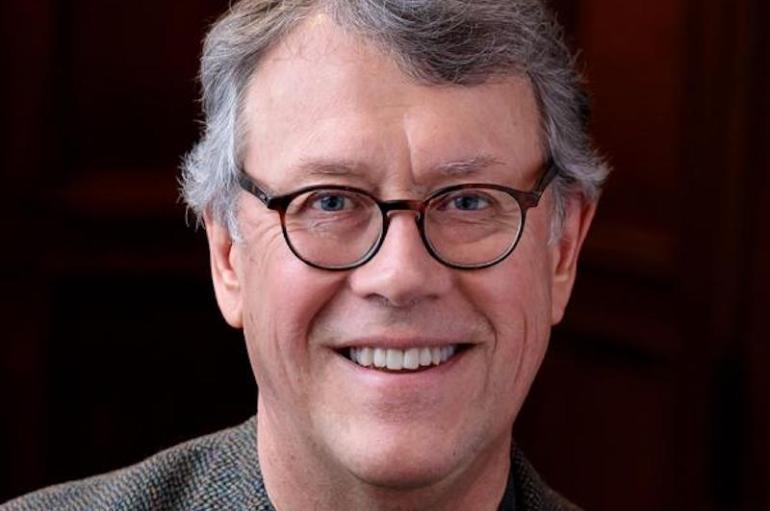
Professor Philip V. Bohlman was recently interviewed by the Viennese newspaper Der Standard for a special article published for Rosh HaShanah. In the interview, Bohlman discusses the work being conducted by ethnomusicologists, particularly at the University of Chicago, on Jewish music and nationalism in Europe.
Click here to read more about Bohlman's perspectives on Jewish cabaret culture in Vienna, encounters between Jewish music and jazz music, migration history, and the lens of nationalism. The article is written in German, but a translated excerpt is available below:
---
STANDARD: What does the term “Jewish music” cover?
Bohlman: It's very diverse. It's not just about music from Israel or what you hear at a wedding in the synagogue. There is klezmer music from the tradition of Eastern European Jews, which was, to a certain extent, imported in the 1880s. It has put down new roots in Vienna and Berlin, in Prague and Munich. This type of music is not only made by Jews. And of course modern cabaret and its music also have a tradition that is still strongly influenced by Jews and is closely linked to Vienna.
STANDARD: In which genres is Jewish music particularly influential?
Bohlman: It may come as a surprise that there are close connections to jazz, especially in Europe. I'm thinking of one of the first sound films, "The Blue Angel" from 1930. There is the Jewish jazz ensemble "Weintraub's Syncopators" in the cabaret. It's the first time we've heard jazz in a German-language film. The first major sound film in English is "The Jazz Singer" from 1927. The Jewish protagonist, of course a jazz singer, can also be seen in the synagogue. There was an important, Jewish-influenced jazz tradition in Shanghai during World War II. Benny Goodman is one of the most famous American jazz musicians. All of this does not deny that jazz comes from the African-American tradition, but rather shows that there have been and are encounters.
